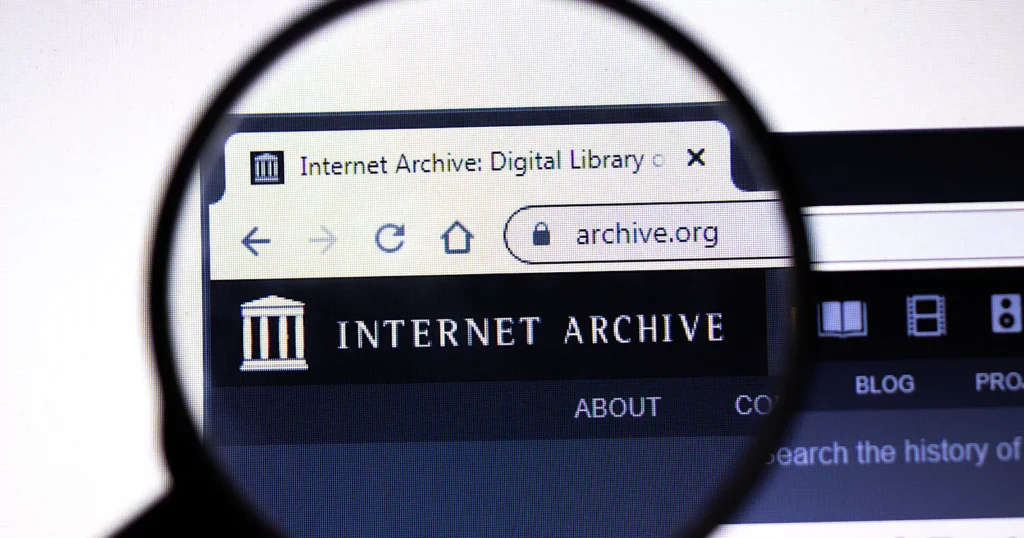Google’s New Feature: Integrating Wayback Machine Links for Seamless Access to Archived Web Pages

In a significant move to enhance access to historical web content, Google has rolled out a new feature that integrates the Internet Archive’s Wayback Machine links directly into search results. This update makes it easier for users to view older versions of websites, helping researchers, developers, and everyday users track changes over time. Let’s explore how this integration works and what it means for online content exploration.
What Is the Wayback Machine?
For those unfamiliar, the Wayback Machine is a powerful tool created by the Internet Archive, a non-profit digital library that has been preserving snapshots of websites for over 25 years. This tool allows users to see archived versions of websites, providing a historical view of the web as it once was. Whether a site has been updated, moved, or even taken down, the Wayback Machine keeps a record of it.
How Google’s Integration Works
Google’s new feature, now available worldwide, embeds Wayback Machine links into its search results. To access these archived pages, simply click on the three dots next to a search result, select “About this result,” and then choose “More about this page.” You’ll find an option to view older versions of the webpage through a link to the Wayback Machine.
This new functionality is part of Google’s broader “About this page” feature, which provides additional context on search results. By incorporating historical page data, Google is offering a seamless way for users to step back in time and access previously available web content.
Why This Matters: A Journey Through Digital History
This collaboration marks a significant step forward in making the internet more transparent and accessible. According to Mark Graham, Director of the Wayback Machine at the Internet Archive, “The web is aging, and with it, countless URLs now lead to digital ghosts. Businesses fold, governments shift, disasters strike, and content management systems evolve—all erasing swaths of online history.”
Thanks to this new integration, users no longer have to manually visit the Internet Archive to find past versions of a webpage. With a few clicks in Google Search, they can access these historical snapshots, transforming the web browsing experience from a present-focused activity into a journey through internet history.
Limitations of the Feature
While this is a groundbreaking feature, it’s important to note that not all websites will have archived versions available. If a webpage owner has opted out of archiving, or if the webpage violates content policies, archived links will not be displayed in the search results. Nonetheless, for most websites, this feature will provide invaluable insights into how web content has evolved over time.
Implications for Research and SEO
This update holds considerable value for digital marketers, web developers, and SEO professionals. Being able to access previous versions of a website is crucial for understanding changes in content, structure, or even backlinks that may impact performance. Researchers can also benefit by analyzing how information has shifted over time, enabling more robust studies of web history.
For those in the digital marketing world, this feature is especially exciting. It allows us to better track how competitor websites evolve, identify changes that may have influenced rankings, and examine old content strategies that may have impacted traffic.
Conclusion: A Welcome Update for All Web Users
Google’s integration of the Wayback Machine into its search results is a significant leap forward in providing easier access to archived web pages. By offering this feature globally, Google is giving researchers, marketers, and users a chance to see how the web has changed over time—bringing greater transparency and historical context to the online world.
As we move further into the digital age, the ability to revisit the past through tools like the Wayback Machine is not only fascinating but invaluable for understanding the web’s ongoing evolution. If you haven’t tried it yet, we encourage you to explore this new feature and discover the wealth of historical content now at your fingertips.

